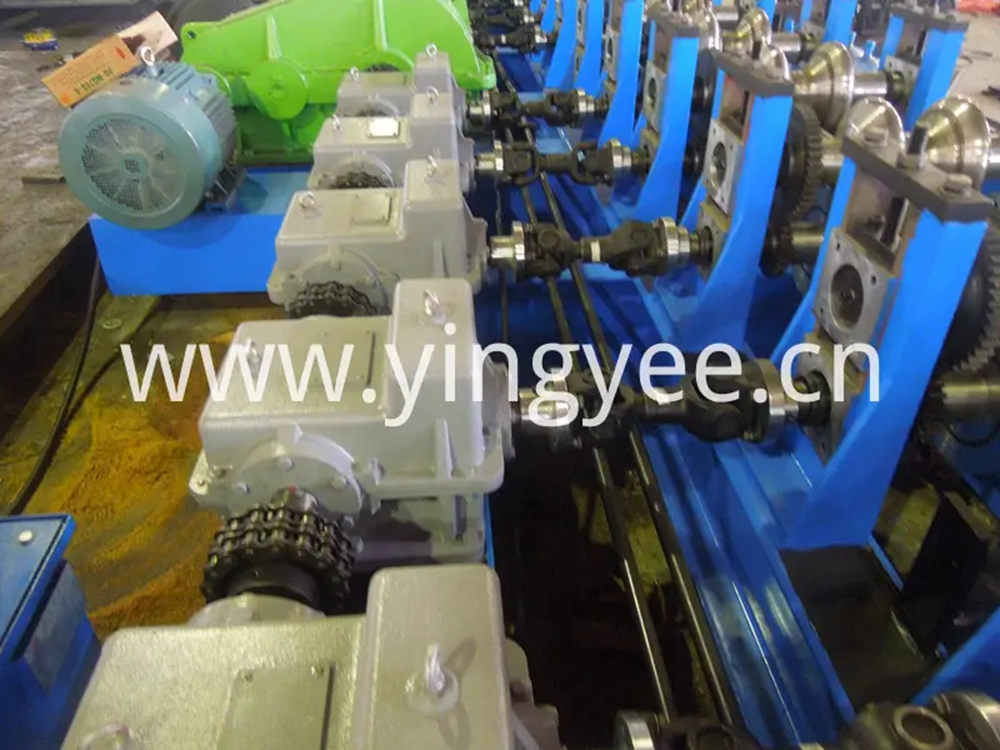
Understanding the Corrugated Deck Cold Bending Machine
In the realm of modern construction and metalworking, the demand for efficient and precise equipment has seen significant growth. One notable invention catering to this need is the corrugated deck cold bending machine. Designed specifically for the manipulation of corrugated metal sheets, this machine plays a vital role in the fabrication of structural components used in various architectural and industrial applications.
At its core, the corrugated deck cold bending machine is engineered to bend metal sheets without applying heat. This cold bending process is advantageous as it helps maintain the integrity of the material while providing the desired shape. The technology ensures that the sheets retain their strength and durability, which is crucial, especially when used in applications such as roofing, flooring, and wall panels.
The operation of a corrugated deck cold bending machine is largely automated, which enhances efficiency and accuracy. Operators can input specific parameters, such as the desired radius and angle of the bends, and the machine executes the adjustments with precision. This not only minimizes waste material but also significantly reduces production time.

Moreover, advancements in technology have allowed these machines to become more versatile. Many modern models can handle a variety of materials, including stainless steel, aluminum, and galvanized steel. This adaptability makes them a valuable asset for fabricators who work with diverse metal types for various projects.
Safety is also a critical aspect of operating a corrugated deck cold bending machine. Most machines are equipped with safety features to protect operators, including emergency stop buttons, safety guards, and sensor systems that prevent accidental operation. Training operators on these safety protocols is essential to minimize risks and ensure a safe working environment.
In conclusion, the corrugated deck cold bending machine is an indispensable tool in the construction and metalworking industries. Its ability to bend materials without heating them not only preserves the structural integrity of the metal but also enhances efficiency and versatility in fabrication processes. As technology continues to advance, we can anticipate even more innovative features that will further improve the usability and safety of these machines, solidifying their essential role in modern manufacturing.